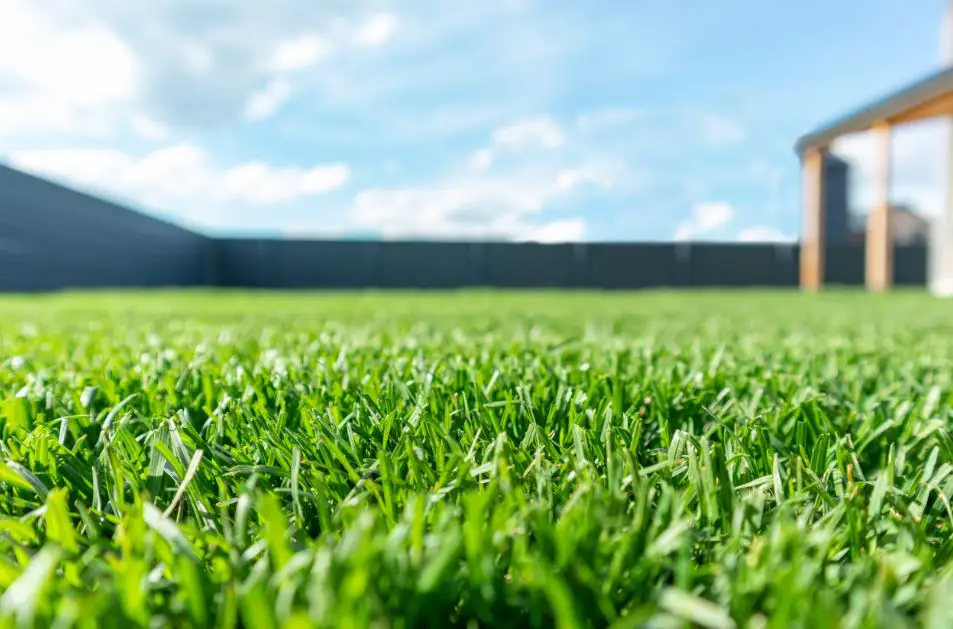The American ideal of owning a house and a white picket fence with green grass is typified by turf lawns. Sadly, this utopian vision involves a monoculture of turf grass, which requires special lawn care that is bad for the surrounding ecology and fauna.
Green lawns are still possible when managed more responsibly. To cultivate more sustainable grass, homeowners must be ready to let other green vegetation increase and give up on the image of a perfectly level lawn.

Grow A Sustainable Lawn
You will also need to alter the way you view lawn maintenance. Sustainable turf requires less intervention. The following actions will make your whole lawn and garden more environmentally friendly:
- Rethink Lawn Mowing: Instead of mowing the grass only for aesthetic reasons, consider how you may do it in a manner that is more ecologically friendly. Instead of bagging grass cuttings, mow higher and mulch them. Leave the grass clippings on the lawn so they may degrade and replenish the soil’s nutrients.
- Water deeply and less often: Provide more water less frequently to maintain a green lawn while using less water. The ideal quantity of water in the summer is one inch (2.5 cm) every week. In addition to saving water, letting the soil dry in between waterings also helps to keep disease at bay. Remember that there is no requirement that you water the lawn. During the warmest portion of the summer, let it go dormant. It will return.
- Employ Natural Techniques to Enhance Your Lawn: Herbicides, fertilizers, weeds, and feed are not the most environmentally friendly ways to treat a sparse or weedy lawn. Use alternatives to increase quality, such as overseeding, aeration, and compost top dressing. Use a natural, slow-release fertilizer if you do use it.
- Employ Seasonally Appropriate Care: To take the best possible care of your lawn, work with the changing seasons. As late in the season as feasible, begin mowing. Allowing your lawn to lay dormant in the summer is natural. Fertilize, compost, or overseer your lawn in the autumn when the grass concentrates on developing strong roots for the next year.
- Handle Autumn Leaves Naturally: Leaves may be mulched and left in situ, much like grass clippings. You may bag part of the leaves and discard the rest if there are too many leaves. Another option is a thin covering of intact leaves left on the grass until April. This method benefits local frogs and insects.
Alternatives to Sustainable Lawns
There are alternatives to monoculture for a lawn. Many households choose to use sustainable lawn alternatives and even hybrids of turf grass and other green plants.
The most conservative action is to just let some weeds on your lawn. You do not need to remove every non-grass plant to maintain a healthy, green lawn. Weedy grass that includes clover, violets, dandelions, and other weeds supports pollinators and is healthier. By hand, remove large weeds, then let the remainder grow.
Alternatively, you might remove part of your lawn and add extra beds. Native plant beds that feature native species are low maintenance, eco-friendly, and beneficial to animals.
Home sustainability is becoming increasingly popular, and our efforts help the environment. These simple actions reduce your workload as a homeowner and benefit the environment.


